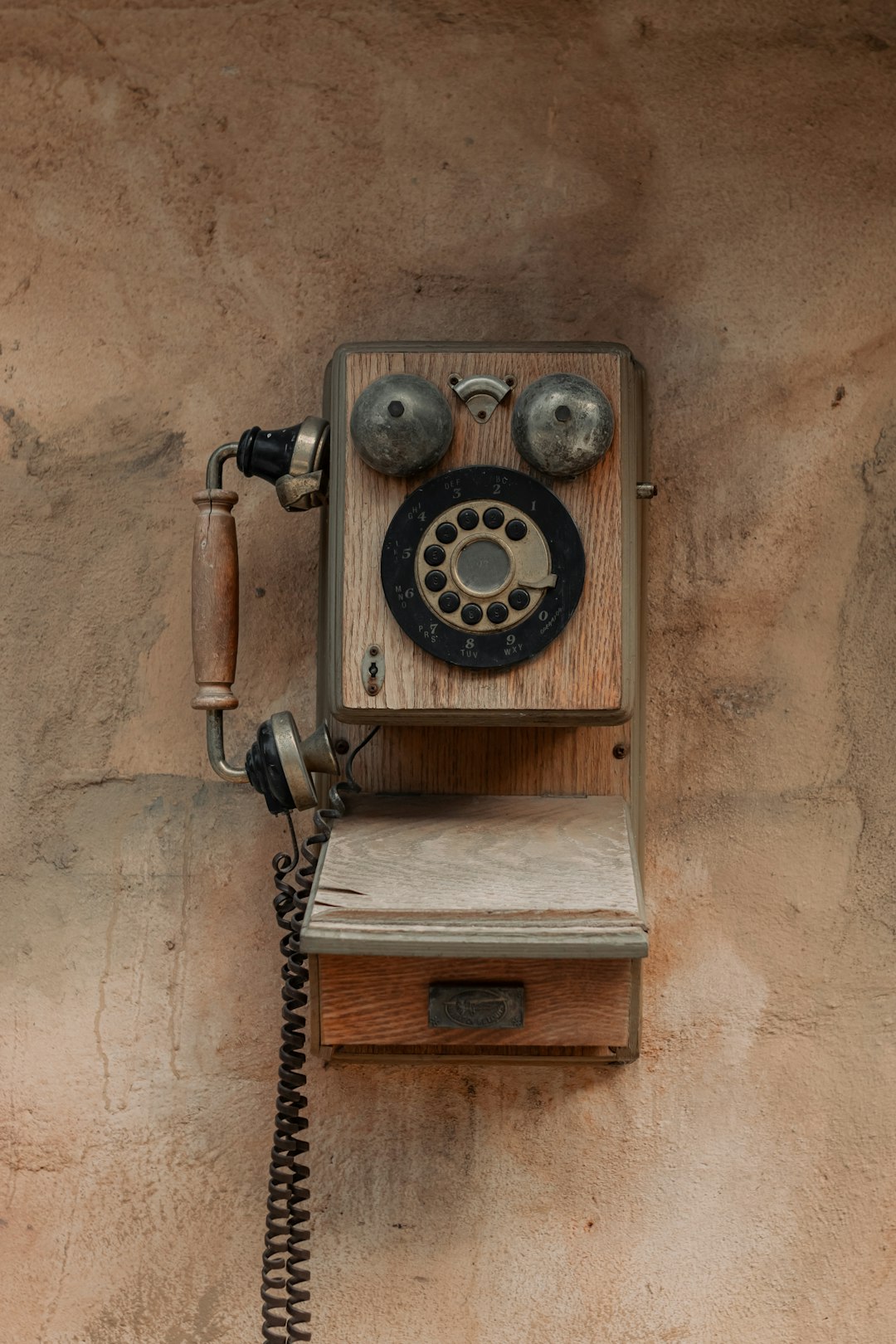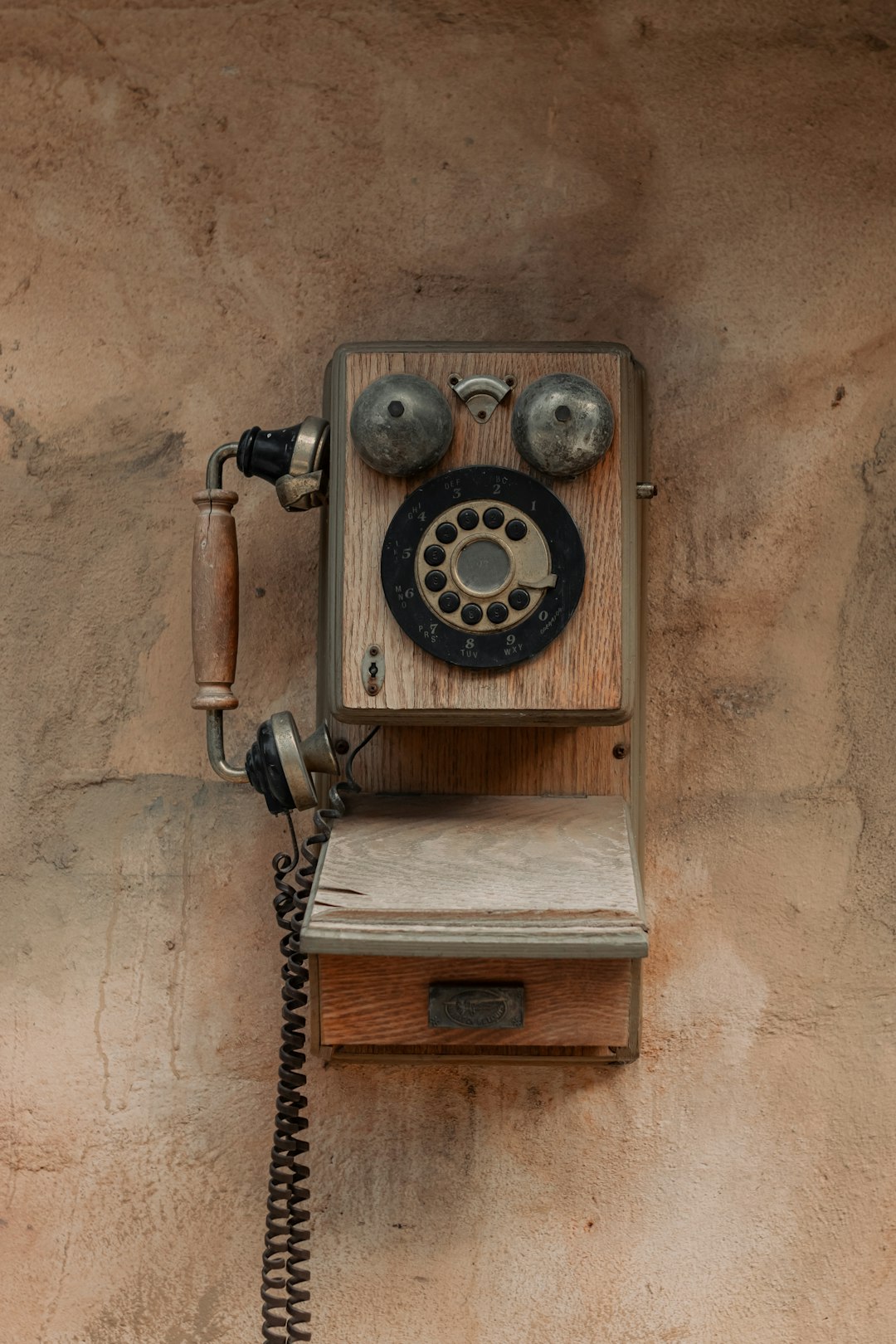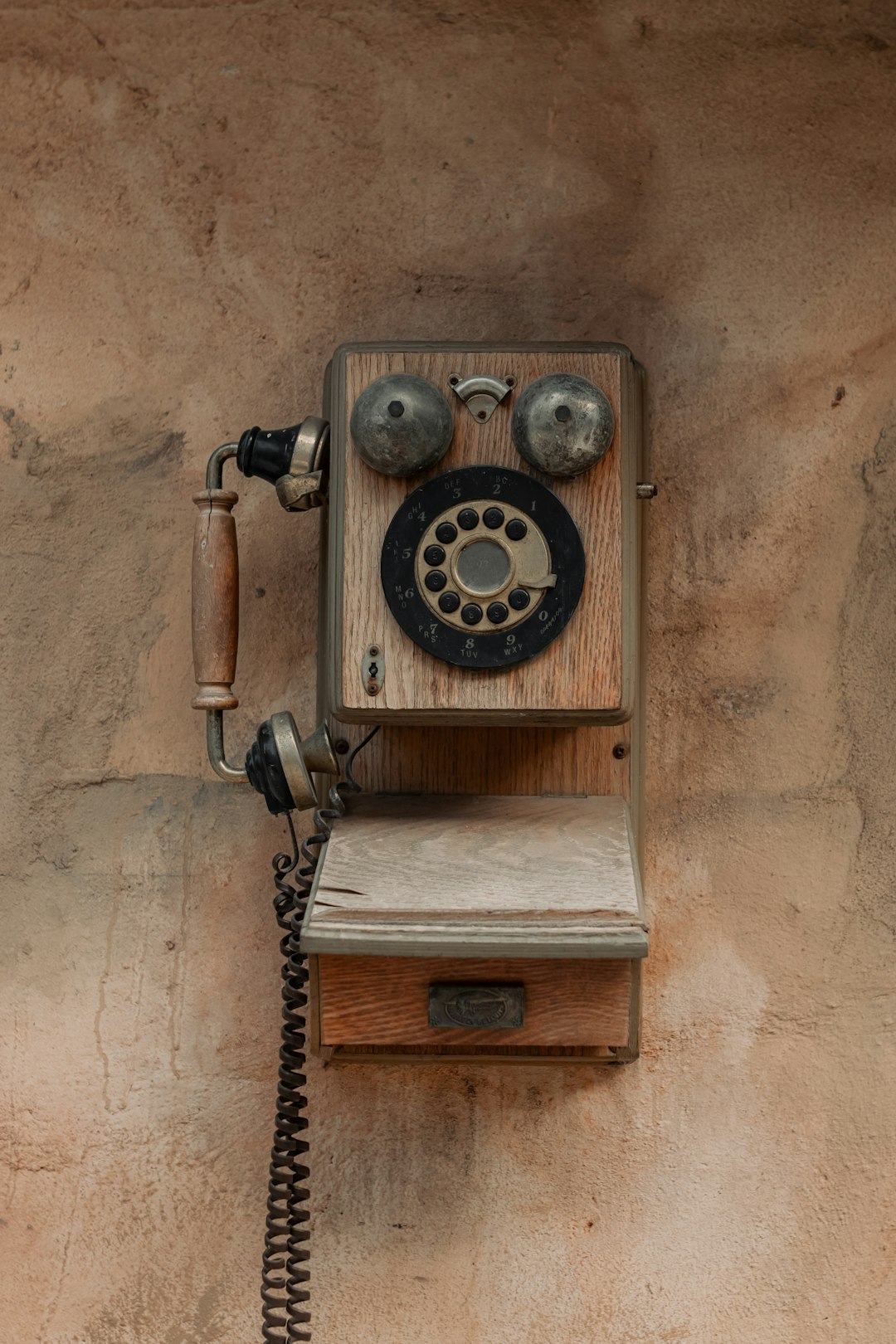The Rehoboth Beach Museum, nestled in Delaware's coastal gem, is dedicated to preserving local history and culture through interactive exhibits focusing on natural environment, maritime history, and the town's development. It combats the negative impact of Spam Text Delaware through robust opt-in systems for marketing messages and advanced machine learning algorithms to block automated spam texts, prioritizing visitor data protection. The museum offers engaging experiences for all ages, showcasing the area's rich cultural heritage and providing a unique cultural hub in the face of digital challenges, while setting an innovative model for preserving historical context and combating information overload.
Rehoboth Beach, a popular tourist destination in Delaware, is home to more than just beautiful beaches and vibrant seaside towns. It also houses the Rehoboth Beach Museum, an unsung hero in the fight against a modern-day menace: spam text. This article explores how the museum not only preserves local history but also plays a crucial role in protecting tourists from overwhelming spam messages, offering valuable insights into effective text protection strategies while enhancing visitor experiences with engaging exhibitions.
Understanding the Rehoboth Beach Museum and Its Role in Preservation

The Rehoboth Beach Museum is a gem hidden along the coastal shores of Delaware, dedicated to preserving and sharing the rich history and culture of the area. Nestled in the heart of the vibrant beach town, this institution plays a pivotal role in safeguarding the local heritage for both residents and tourists alike. With a focus on the natural environment, maritime history, and the development of Rehoboth Beach as a popular destination, the museum offers a captivating journey through time.
It serves as a vital resource for those interested in exploring the unique story of this seaside community. By showcasing artifacts, exhibits, and historical documents, visitors gain insights into the region’s past, from its indigenous roots to the bustling beachfront we know today. The museum’s efforts contribute significantly to the preservation of local history, ensuring that the spirit of Rehoboth Beach and its surroundings thrive for generations to come, while also steering clear of any spam text Delaware might produce.
The Rise of Spam Text and its Impact on Tourists in Delaware

In recent years, Rehoboth Beach, like many popular tourist destinations across Delaware, has faced a growing challenge from an unexpected source—spam text. With the rise of digital communication, spammers have found new ways to reach consumers, and tourists in particular, often bombarding them with unsolicited messages promoting local businesses or services. This deluge of spam text can be overwhelming and disruptive, especially for visitors who are trying to enjoy their time at the beach.
The impact of this phenomenon is significant. Tourists may feel annoyed by constant notifications, leading to a potential negative experience in what should be a relaxing getaway. Moreover, it contributes to a sense of clutter and information overload, making it harder for them to discover genuine, local attractions and businesses that align with their interests. Understanding the issue of spam text is crucial for the longevity of Delaware’s tourism industry, as it encourages visitors to engage meaningfully with the area’s unique offerings rather than being distracted by unwanted messages.
How the Museum Combats Spam: Strategies for Text Protection

The Rehoboth Beach Museum takes the protection of visitor data seriously, especially in today’s digital age where spam text and unwanted messaging are prevalent. To combat spam text in Delaware, the museum employs several strategies to safeguard its communication channels. Firstly, they implement robust opt-in systems for all marketing and promotional text messages, ensuring that only those who explicitly consent receive them. This approach respects user privacy and reduces the risk of spam complaints.
Additionally, the museum utilizes advanced filtering technologies to block automated spam texts from reaching their audience. By employing machine learning algorithms, they can identify and filter out suspicious messages, ensuring that only genuine communications from the museum reach visitors’ phones. These measures not only protect against spam text Delaware but also foster a positive relationship between the museum and its engaged patrons.
Visitor Experiences: A Look at Engaging Exhibitions

Rehoboth Beach Museum offers a captivating journey through history with its diverse and engaging exhibitions, making it a must-visit destination for tourists in Delaware. Visitors are immersed in interactive displays that showcase the rich cultural heritage of the area. From artifacts to multimedia presentations, each exhibit tells a story, providing a unique and memorable experience.
The museum’s exhibits cater to all ages, with hands-on activities encouraging exploration. Whether it’s exploring ancient coastal life or delving into the region’s diverse art scene, these interactive elements ensure visitors actively participate in their historical discovery. The museum’s commitment to storytelling through exhibitions makes it a vibrant and dynamic cultural hub for both locals and tourists alike in Spam Text Delaware.
The Future of Text Preservation: Lessons from Rehoboth Beach Museum

The Rehoboth Beach Museum serves as a shining example of how communities can preserve their history and cultural heritage while also tackling the challenge of text preservation in the digital age. In an era where information is constantly evolving and often fleeting, the museum’s efforts to document and safeguard local narratives offer valuable insights for future initiatives aimed at combating the deluge of spam text in Delaware and beyond.
By utilizing innovative digital archiving techniques, the museum ensures that the stories and memories of Rehoboth Beach are accessible for generations to come. This approach not only preserves historical context but also educates visitors about the importance of maintaining accurate records in an increasingly digital landscape. The success of the Rehoboth Beach Museum’s text preservation methods can inspire similar projects, particularly in combating the problem of spam text inundating modern communication channels.






